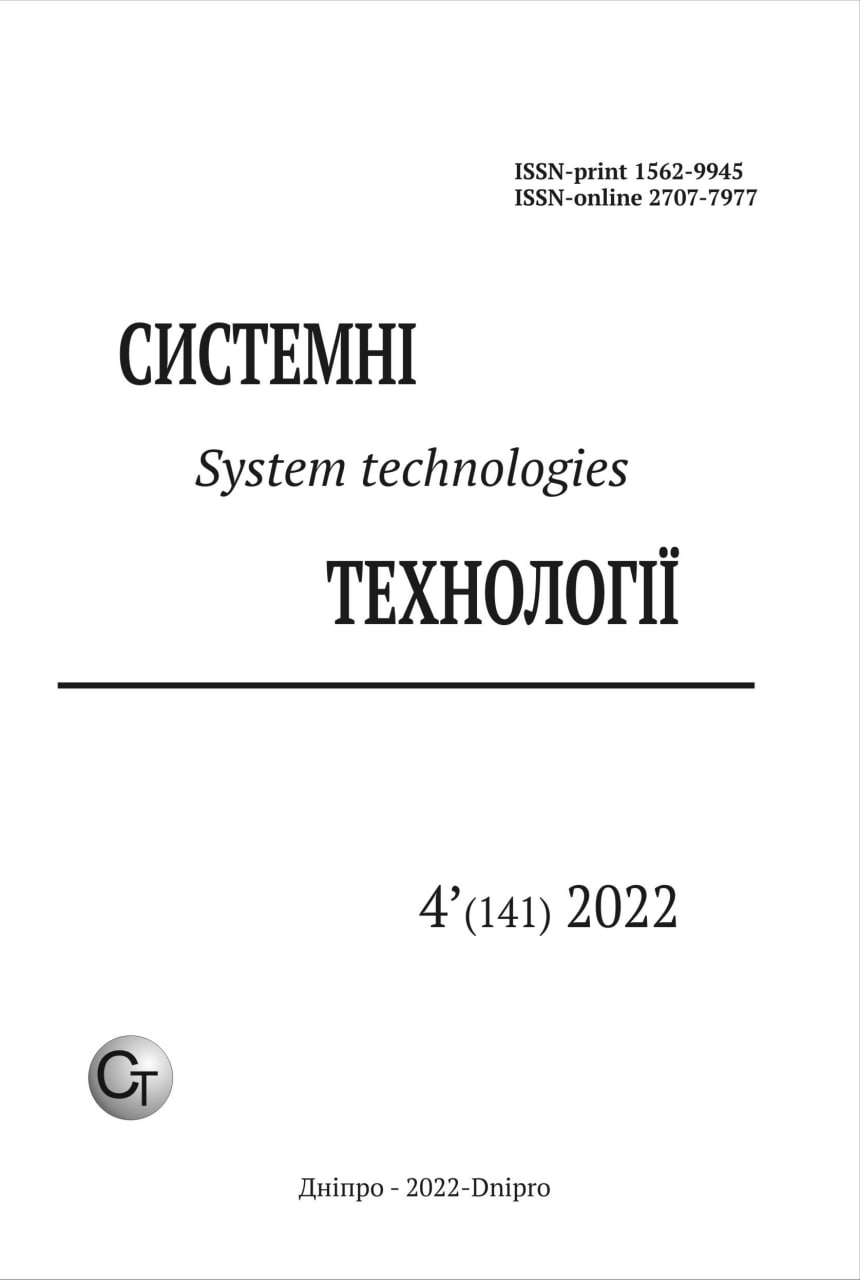Algorithms of direct transformation of a position number to the system of residual classes and its inverse transformation
DOI:
https://doi.org/10.34185/1562-9945-4-141-2022-11Keywords:
residual classes; module systems; tables; forward and reverse conversion of numbersAbstract
Increasing the speed of computer structures is associated with the involvement of new principles based on the use of the number system of residual classes. When performing a number of computational operations using a non-positional number system of residual classes, the problem of direct conversion of numbers from the positional number system to the number system of residual classes and the reverse conversion of numbers from the number system of residual classes to the positional one is solved. system. A number of works contain methods for implementing these operations of varying complexity, but their solution is far from perfect. The results of the study indicate the possibility of obtaining a more efficient solution that simplifies the practical implementation of operations for direct conversion of numbers from the positional number system to the number system of residual classes and inverse conversion of numbers. The aim of the study is to analyze the implementation of the operations of direct conversion of numbers from the positional number system to the number system of residual classes and the reverse conversion of numbers. The tools of the research methodology are system analysis, number theory and the Chinese remainder theorem. The research methodology consists in the analysis of special tables of residues by modules. An algorithm for performing complex operations based on the use of a polyadic code of a number presented in the number system of residual classes is proposed. A simple and efficient approach is proposed using iterative table operations with residuals. For each value of the given residuals, the constants are obtained by a simple selection from the corresponding table.The method underlying the implementation of these complex operations is to sum the chosen constants to the desired value, while the corresponding constants are subtracted from the values of the known remainders until the latter vanishes. The method is algorithmically simple and uncomplicated for circuit implementation, and it should be considered as one of the areas of research to improve the efficiency of computations in the system of residual classes.
References
Akushsky I.Ya., Yuditsky D.I. Machine arithmetic in residual classes. M.: Soviet radio. 1968. 440 p.
Knut D. The Art of Programming / D.Knut. - M.:Dialectics-Williams, 2013. - 832 p.
Lavrinenko A.N., Chervyakov N.I. Study of non-modular operations in the system of residual classes. Scientific sheets, Series History. Political science. Economy. Informatics. 2012. No. 1 (120). Issue 21/1 p.110-122.
Polissky Yu.D. An algorithm for performing complex operations in the system of residual classes using the representation of numbers in inverse codes. Electronic modeling. Kyiv. 2014. No. 4 V. 36. S. 117–123.
















